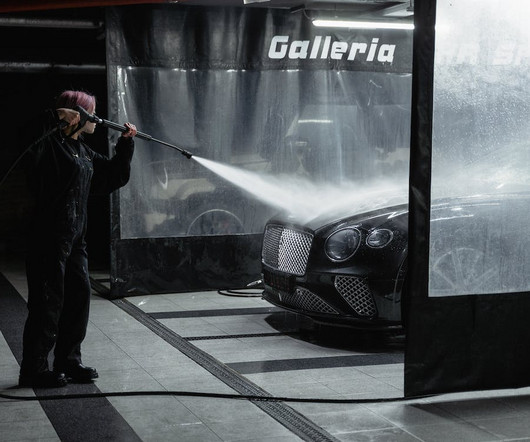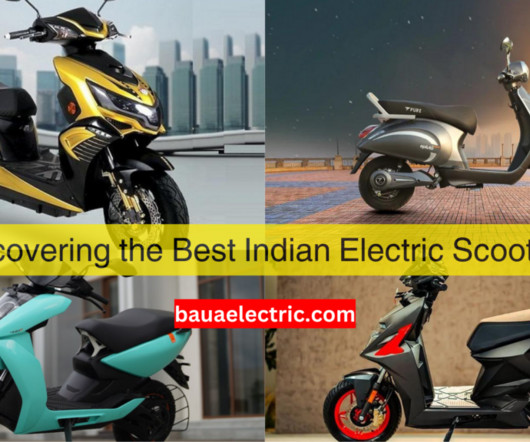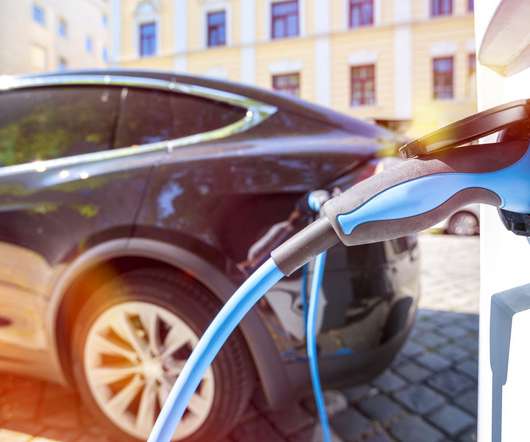EPA to develop options to reduce NOx and PM from locomotives further
Green Car Congress
NOVEMBER 10, 2022
EPA adopted its first regulation to control the emissions from new locomotives and their engines in 1998. The Tier 2 standards began phasing in for new locomotives and engines built in 2005. In addition, the very slow natural fleet turnover of this sector results in older locomotives and locomotive engines remaining in use for decades.

































Let's personalize your content